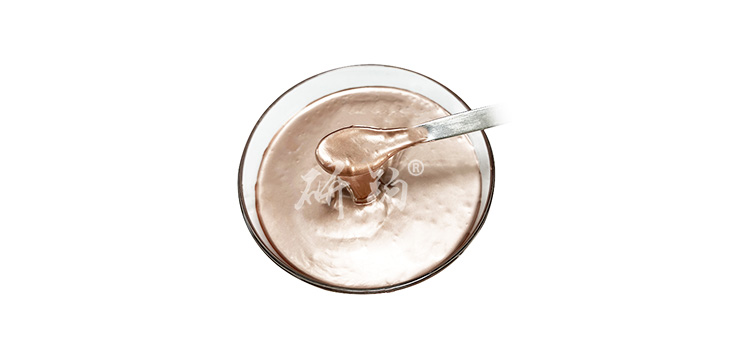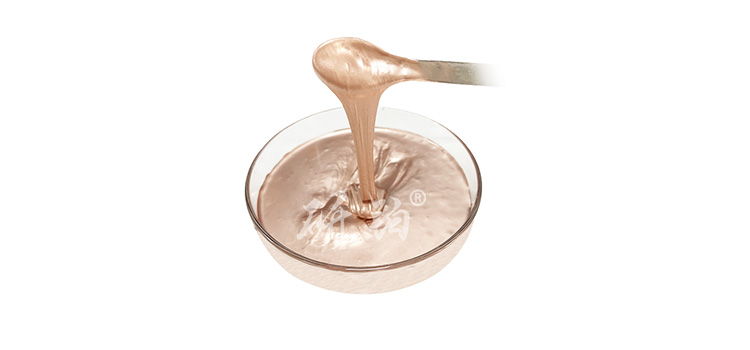

Hotline:0755-22277778
Tel:0755-22277778
Mobile:13826586185(Mr.Duan)
Fax:0755-22277776
E-mail:duanlian@xianjinyuan.cn
Sintered copper pasteIt is a common conductive material, and its preparation technology mainly includes processes such as raw material selection, pulping, forming, drying, and sintering. During the sintering process, copper particles undergo a series of chemical reactions, forming a dense microstructure that enhances their mechanical strength and electrical conductivity.
This article will introduce the preparation process, influencing factors, and future development directions of sintered copper paste.
Raw material selection: Select high-purity copper powder as the main raw material, and add a certain amount of additives and stabilizers.
Pulping: Mix copper powder with additives, stabilizers, etc. evenly, add an appropriate amount of organic solvents and surfactants, and stir for pulping. Meanwhile, copper particles are better dispersed and refined through methods such as ultrasonic treatment and abrasive ball grinding.
Molding: Inject copper paste into a molding mold for extrusion, injection, or vibration molding. These molding techniques can enableCopper pasteObtain better filling and compaction to ensure its mechanical strength and electrical conductivity.
Drying: The formed copper body is air dried or vacuum dried to remove moisture and organic solvents.
Sintering: Place the dried copper body into a high-temperature furnace for sintering. During the sintering process, copper particles undergo a series of chemical reactions, forming a dense microstructure that enhances their mechanical strength and electrical conductivity.

Raw material selection: The purity and particle size of copper powder have a significant impact on the properties of sintered copper paste. Generally, higher purity copper powder can improve the conductivity and chemical stability of copper paste.
Pulp making process: Different pulp making processes can affect the dispersibility and fineness of copper particles, which in turn affectsSintered copper pasteThe performance. For example, methods such as ultrasonic treatment and abrasive ball grinding can make copper particles more evenly dispersed and refined.
Molding method: Different molding methods can affect the filling degree and compaction degree of copper paste. Therefore, when choosing the molding method, it is necessary to comprehensively consider factors such as material properties and product requirements.
Sintering conditions: Sintering temperature, time, and atmosphere have a significant impact on the chemical reaction and microstructure formation of copper particles. When selecting sintering conditions, it is necessary to comprehensively consider performance indicators such as conductivity and mechanical strength.

The development of nano copper slurry: The rapid advancement of nanotechnology has provided the possibility for the preparation of nano copper particles. Compared to traditional particles, nanoparticles have a higher surface area and better dispersibility, which can improve the conductivity and mechanical properties of copper paste. The future development direction is to explore the preparation of smaller and higher specific surface area nano copper particles to further improve the performance of sintered copper slurries.
Application of new additives: By adding different additives and stabilizers, the chemical reaction process of copper particles is promoted during the sintering process, resulting in better performance. For example, the application and research of non-metallic materials such as silicon nitride and silicon carbide are gradually deepening.
Environmentally friendly copper pasteResearch: Traditional copper paste often contains harmful substances such as benzene solvents, which have an impact on the environment and human health. Therefore, the future development direction is to explore the use of environmentally friendly organic solvents and water-soluble additives to reduce pollution to the environment and harm to human health.
Expansion of application fields: Sintered copper paste has good conductivity and mechanical strength, and is widely used in electronic devices, automotive manufacturing, aerospace and other fields. The future development direction is to explore more application areas, such as biomedical and new energy fields, to meet the demand for conductive materials in different fields.


Advanced Institute (Shenzhen) Technology Co., Ltd, © two thousand and twenty-onewww.leird.cn. All rights reservedGuangdong ICP No. 2021051947-1 © two thousand and twenty-onewww.xianjinyuan.cn. All rights reservedGuangdong ICP No. 2021051947-2